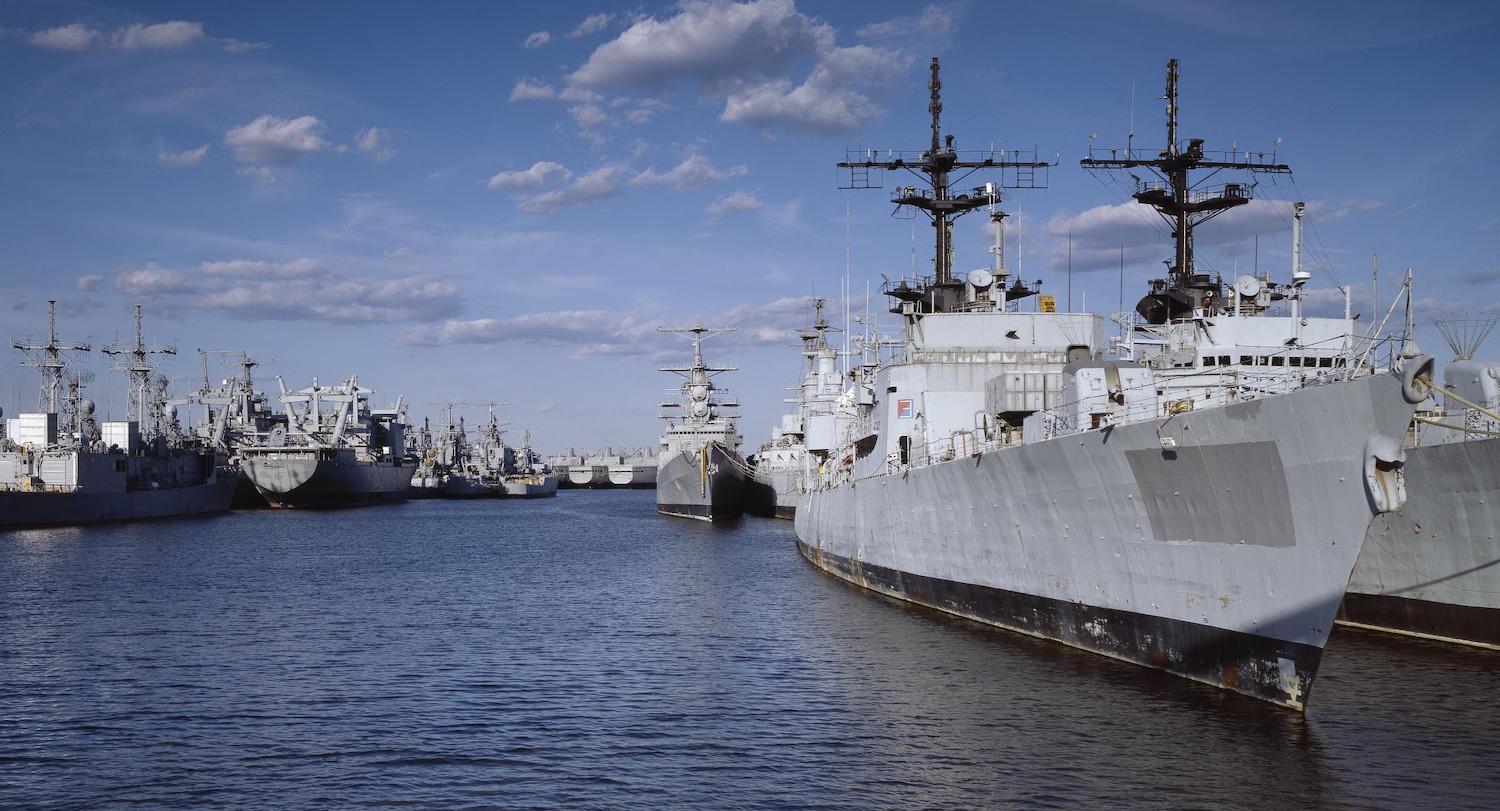
Engineering research teams at the University of South Carolina have progressed in several key areas in the first year of a project to design a non-carbon fuel supply chain for the U.S. Navy.
Funded by the Office of Naval Research, the three-year project aims to reduce the Navy’s carbon dioxide emissions with practical alternative fuels that could be implemented in the Navy’s next-generation fleet.
“The overarching goal of this research is to better understand how emerging fuels such as hydrogen or ammonia would impact U.S. naval operations,” says William Mustain, associate dean for research in the College of Engineering and Computing and principal investigator of the project. “As part of that, we’re also mapping the logistics of an alternative fuel supply ecosystem.”
U.S. Department of Defense operations annually emit 55 million metric tons of CO2, much of it generated by Navy ships that burn marine diesel for locomotion. Converting future ships to use hydrogen or ammonia, perhaps in combination with traditional fuel, would sharply reduce carbon emissions.
Four groups of researchers in the college are tackling different aspects of the project. One group, led by Roger Dougal in electrical engineering, has developed a preliminary systems model for a Navy ship with a new fuel flow infrastructure incorporating an alternative fuel.
Mustain and Sirivatch Shimpalee in chemical engineering have designed a new type of electrolyzer to produce hydrogen from seawater. “Our new design, for which we’ve filed a patent disclosure, takes advantage of the concentration of seawater, which is generally considered to be cumbersome,” Mustain says. “It’s early in the experimental stages, but it’s a big advance.”
A team led by Jochen Lauterbach and Jim Ritter in chemical engineering has designed catalysts and reactors for ammonia synthesis with the highest production rates ever recorded. The catalytic reactor can both produce ammonia and crack the molecule into its atomic components. Ammonia molecules are rich in hydrogen atoms, which can be released for use as a carbon-free energy source; ammonia can also be used as a fuel for gas turbines.
Sang Hee Won, Tanvir Farouk, Kevin Huang and Fred Dryer in mechanical engineering are focused on addressing the challenges of using ammonia as an alternative fuel source for turbine engines, which includes reduction in power due to lower flame speed.
The Office of Naval Research conducted a site visit at USC this past October to monitor progress on the project. The team’s ongoing success and scholarly reputation paved the way to an invitation to participate in the Naval Decarbonization Consortium. Of the consortium’s roughly 30 participants, three were from USC, including Sang Hee Won who is now serving as principal investigator on a new ONR-funded grant.
“It’s more of an applied engineering project focused on ammonia combustion,” Won says. “This will take things to a larger scale, and we’ve brought in research partners from Colorado State, Pennsylvania State and the Naval Postgraduate School.”
Ultimately, the push to decarbonize U.S. naval operations will take time to come to fruition, Mustain says. But research efforts at USC already are making measurable progress and laying the groundwork for a next-generation Navy far less reliant on fossil fuels.